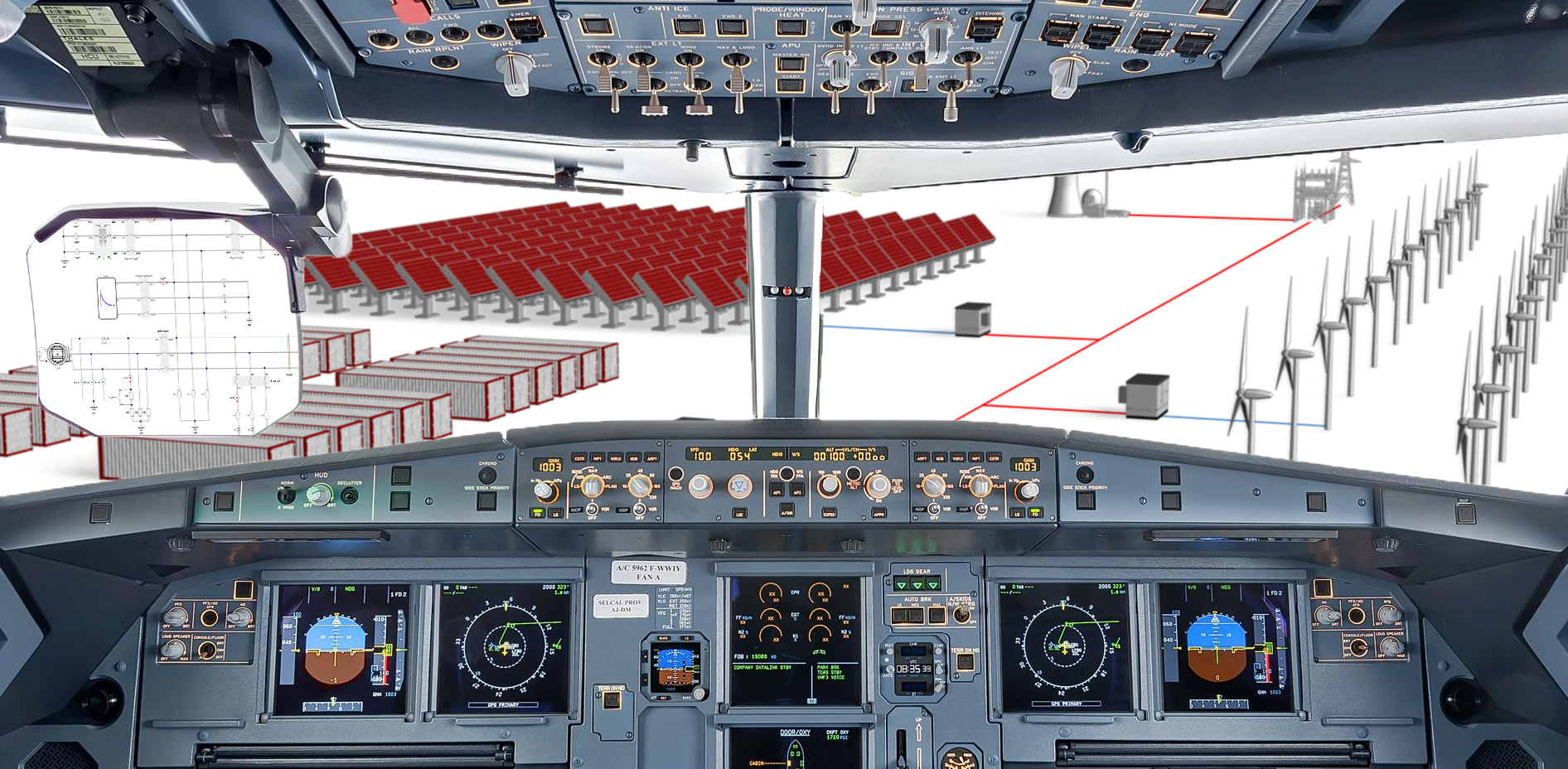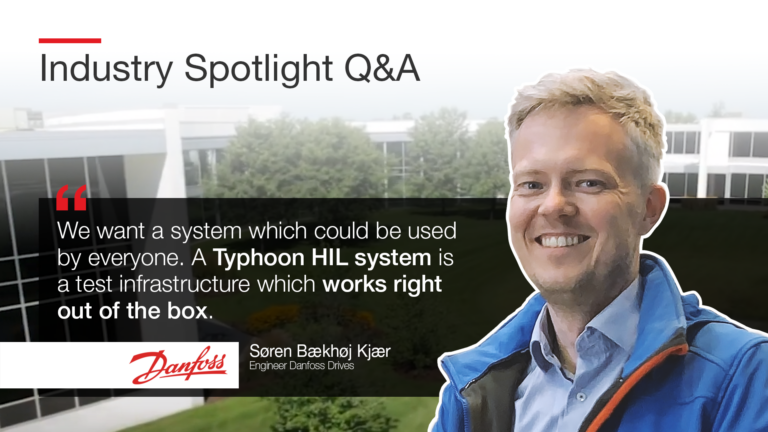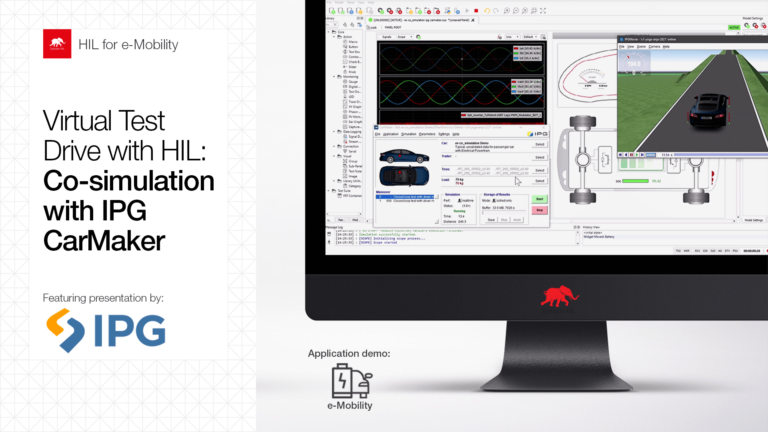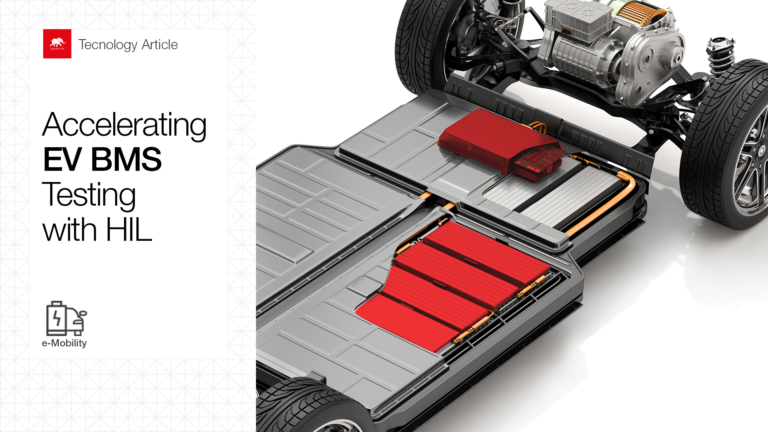Introduction
Today’s aspiring electrical engineers are fortunate enough to have the opportunity to learn power electronics, and power systems, hands-on, using some of the most advanced “flight simulators” for power. These ultra-high fidelity real-time simulators, with nanosecond resolution and microsecond integration time steps, emulate smart inverters, distributed energy resources (DERs), microgrids, and power systems with unparalleled accuracy.
This enables new generations of engineers, defined by pervasive gaming experiences, to satisfy their need for an interactive and fully immersive environment. This enables them to effortlessly learn the intricate ins and outs of power electronics and microgrids.
If you consider that 57% of 18-34 year olds play video games at least three times a week, and 67% believe games are important in helping them learn how to create winning strategies, it is clear why the “flight simulator” approach to teaching power electronics and power systems is attracting torrents of new students.
Indeed, a “flight simulator” approach to learning through playing is fundamentally transforming the perception of power electronics traditionally considered “old school” and “conservative”.
C-HIL is the true “flight simulator” for power
Controller Hardware in the Loop (C-HIL) powered by ultra-high fidelity real-time simulation enables students to interact and play with high power, high cost, and otherwise inaccessible engineering marvels in the comfort of an office or warm classroom without the fear of getting hurt. In other words, students can “break” and “short-circuit” models using C-HIL until they figure it out. And, most importantly students are having fun while doing it.
But learning power electronics was not always this much fun. It was very different when I was in school only a little more than a decade ago. For years I had to take one theoretical class after another augmented with dusty textbooks. The closest I could get to an electric generator was on a field trip to a hydropower plant.
Then, I took even more classes, derived some more equations, and was close to the end of my Master’s program when I got the very first chance to build a 100kW inverter. Although I believe that I was quite lucky and privileged to have gotten the chance to do it rather early, it still took me years to get the “license” to build.
I wish I had a “flight simulator” for power electronics.
First, play, then learn the theory
Luckily, today model-based design and more specifically, real-time C-HIL simulators enable young students to rapidly develop an intuitive understanding of system and component-level operations by performing numerous experiments. In addition, “destructive” experiments are equally easy and benign to perform.
Once students develop the initial intuition they can dive into underlying concepts and start learning key theoretical concepts inspired by defining hands-on experiences.
4 steps to build industry grade controller
An illustrative example of how novice power electronics students armed with C-HIL “flight simulator” and fueled with a gaming mindset consistently succeed in building high-performance industry-grade power electronics converters is the capstone project at the Electrical Engineering Department at North Carolina State University, supervised by Prof. Subhashish Bhattacharya.
Indeed, a C-HIL system directly interfaced with a rapid control prototyping (RCP) platform enables students to build, prototype, and test new digital controllers without a day spent in a high-power laboratory and with minimal supervision. They build converters in 4 steps:
- Simulate converter and controller in C-HIL and tune controller parameters in different operating conditions manually.
- Port controller onto RCP platform and test with C-HIL.
- Test controller with C-HIL using test scripts until acceptance criteria has been passed.
- Plug controller into real power stage.
Step 1 | Simulate converter and controller in C-HIL
The first step is to design the converter and then simulate the power stage and controller using an offline simulator. However, with the advent of high-performance real-time simulators, this step can often be skipped and one can start by simulating the complete converter (with controller) in the C-HIL real-time simulator. By reusing available models from a library model development time can significantly be cut.
Step 2 | Port controller onto Rapid Control Prototyping (RCP) Platform
Once everything is running in C-HIL simulation, the controller can be ported to an industrial controller or to a Rapid Controller Prototyping (RCP) platform. This is where the true testing and tuning begins.
Step 3 | Test controller with C-HIL
Testing and test automation are critical to verify and validate controller performance in all possible operating conditions. Usually, one can start with testing simple protective functions such as over and under voltage, over current, over and under frequency, etc.
After these tests are programmed, most often using Python scripting language, more dynamic tests can be programmed such as low voltage ride through, weak grid, anti-islanding detection, PLL synchronization robustness, etc. In addition, grid certification tests can be performed as well to complete the battery of test cases if we are building a grid tie inverter.
Step 4 | Plug the controller into the real power stage
After the controller has passed all the tests and the controller dynamic response is satisfactory, the controller is ready for the final and most exciting design step: its maiden voyage with a real power stage. Due to extensive testing done in the previous step, this step only needs to test and verify the power stage and interfaces without the need to test controller functionality.
Credits
Author | Ivan Celanovic
Visuals | Typhoon HIL
Editor | Debora Santo



